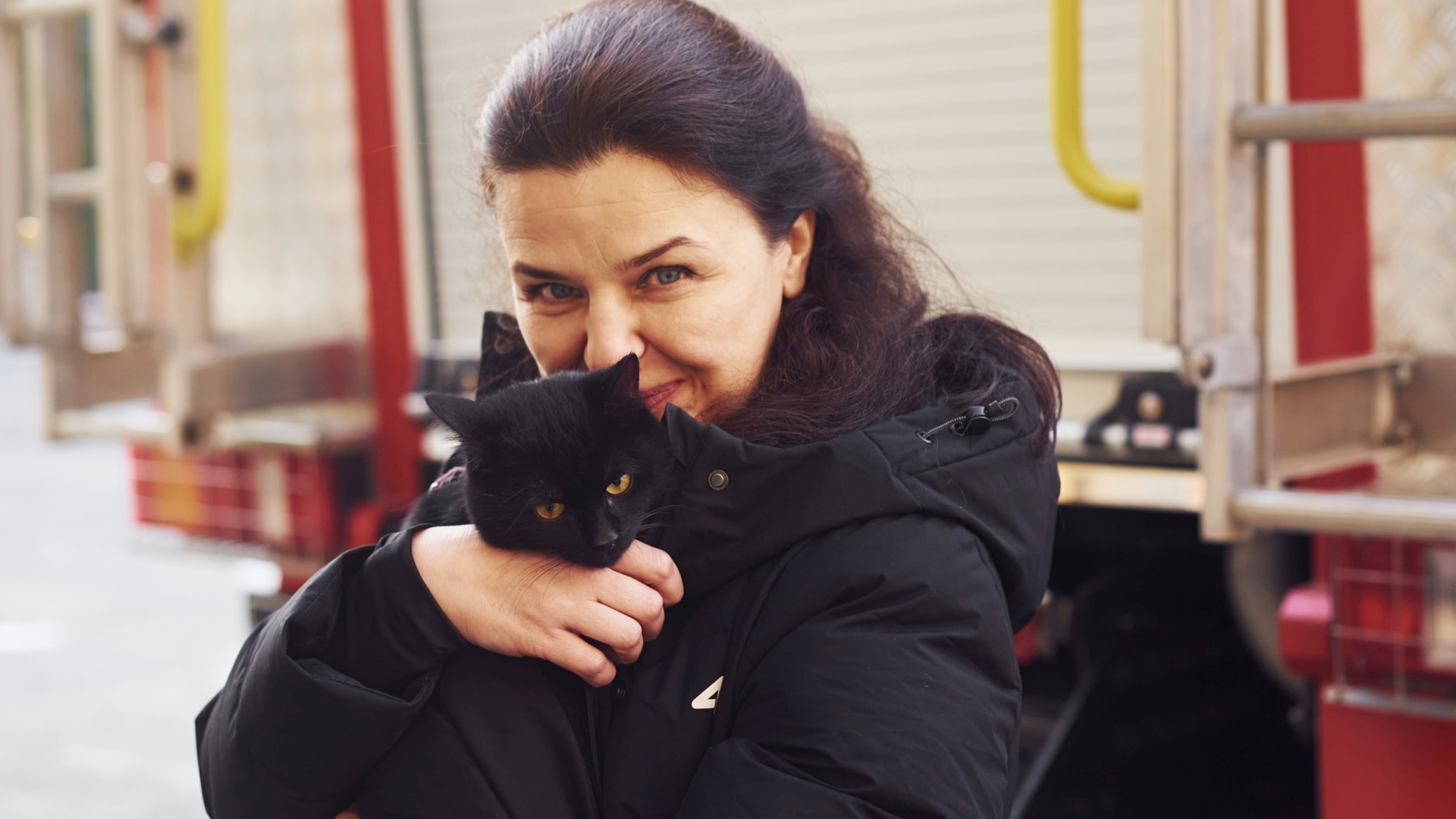Disaster Planning For Cat Owners:
Summary:
Disasters happen, that's a fact you can't avoid. However, you can be prepared. If you have a plan in place for your cats, you will likely encounter less difficulty, stress and worry during an emergency.
Ready Your Cat
- Make sure your cat is wearing ID tags with your most up-to-date contact information.
- Microchip your cat as a more permanent form of identification—in case collars or tags come off.
- Train your cat to feel comfortable going into a crate with regular in-crate sessions with treats.
- Always bring pets indoors at the first sign or warning of a storm or disaster. Pets can become disoriented and wander away from home in a crisis.
Prepare Your Home
- Ideally, you should evacuate with your pet, but if you are unable to do so, a rescue alert sticker placed near your front door will let first responders know that you have a cat inside your home.
- If sheltering in place, consider these things when choosing your safe room:
- Be aware of hazards such as windows, flying debris, etc.
- Utility rooms, bathrooms and unfinished basements may be easier to clean if your pet has an accident.
- Having a supply of fresh water is particularly important. In areas that may lose electricity, fill up bathtubs and sinks ahead of time to ensure that you have access to water during a power outage or other crises.
- In the event of flooding, go to the highest location in your home, or a room that has access to counters or high shelves where your animals can take shelter.
Locate a Temporary Caregiver
(if your cat cannot stay with you after you evacuate)
- Contact your veterinarian for a list of preferred boarding kennels and facilities.
- Ask your local animal shelter if they provide emergency shelter or foster care for pets.
- Identify hotels or motels outside of your immediate area that accept pets.
- Ask friends and relatives outside your immediate area if they would be willing to take in your pet.
Create an Emergency Kit
- Obtain a crate that comfortably fits your cat, write your cat's name and your contact information on a piece of duct tape and stick it on the outside of the crate in case you become separated from your cat.
- Make a portable emergency kit that includes the following:
- Medical records
- Water (7 days' worth of bottled)
- Water bowls
- Pet food (3-7 days' worth of canned food with pop tops or dry food)
- Pet's medications
- Disposable litter trays (aluminum roasting pans work well)
- Litter or paper toweling
- Litter scooper
- Pet first aid kit
- Dish soap and disinfectant
- Disposable garbage bags for clean-up
- Extra collar
- Flashlight
- Blanket
- Pillow case (as an alternative to a cat carrier)
- Recent photos of your cat (hard copy in case your phone dies)
- Toys
Consider putting the kit inside the crate and storing near an exit.


